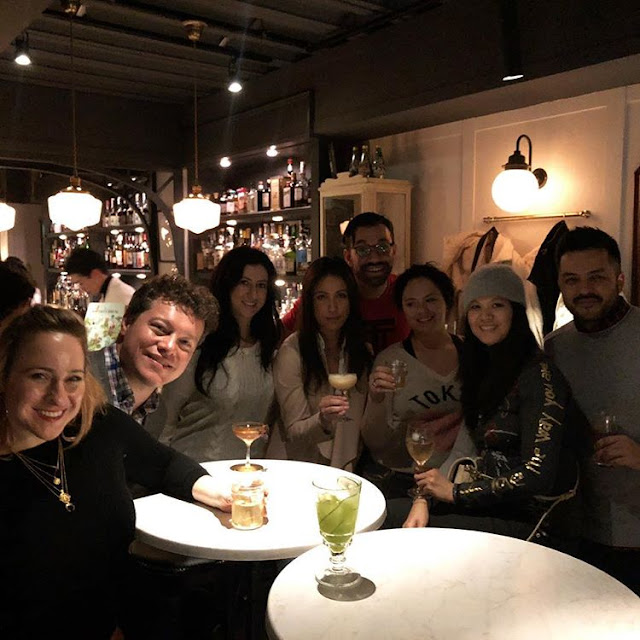Japan Food Trips
Are you visiting Tokyo soon? Make sure to to check out Japan Food Trips for a fun and educational food tour!
If you are dreaming of visiting Japan, or plan on traveling there soon,
it's safe to assume that you are most likely dying to try all the
amazing food Japan has to offer. From sushi and ramen, to wagyu beef,
Japanese cuisine has many unique and delicious dishes. Japan has a
plethora of restaurants serving dishes from every corner of the world.
In fact, Tokyo alone has over 160,000 restaurants, so you can see that
Japan can be a bit overwhelming to navigate, especially if you don't
know the language. But luckily for you there is an easy solution. Book
an experienced personal guide to take you around and show you the best
of the best for an ultimate eating experience. By doing so you will take
all the stress and thinking out of the way and you will be able to
focus more on enjoying your amazing trip.
If you are interested in such a culinary adventure and want to find an
experienced and reliable guide, we recommend you take a look at Japan
Food Trips. Japan Food Trips is lead by Stephanie Haddad, a food
passionate expat that has been living in Tokyo for many years. You can
rely on her to plan a perfect food tour and show you all the best places
to eat, both hidden gems and famous ones. She provides guided afternoon
and evening food tours for small intimate groups throughout the local
streets of Japan.
These trips will provide you with a unique opportunity to learn about Japanese food and the culture surrounding it.
These trips will provide you with a unique opportunity to learn about Japanese food and the culture surrounding it.
On the Japan Food Trips website you will find a variety of tours that
you can book. You can even have Stephanie custom curate your own private
tour, by telling Stephanie your food preferences where she will then do
the rest of the work to make your tour a spectacular experience. Anther
great option is extending your food adventure by adding on an Exclusive
“Members Only” Sake Trip once you've concluded your delicious food
trip. This unforgettable experience will take you to an almost
otherworldly sake experience that feels like you are in the middle of an
art exhibition. On this leg of the tour, you will experience three
different craft sakes from small batch producers all over Japan.
If you are interested in booking a tour with Japan Food Trips here is a bit more information for you. The trips are usually limited to small groups of one to six, but all custom trips are private and Stephanie can organize private trips for larger groups as well. Kids are welcome on the tours, but won't be able to drink alcohol so the afternoon trip is more suitable for children as there is more to do and see. Also, if you have any special requests, please let Stephanie know in advance, so she can make proper arrangements. She is able to accommodate a gluten-free tour or a trip without pork, or a vegetarian trip. We guarantee you will have an incredible time!


















